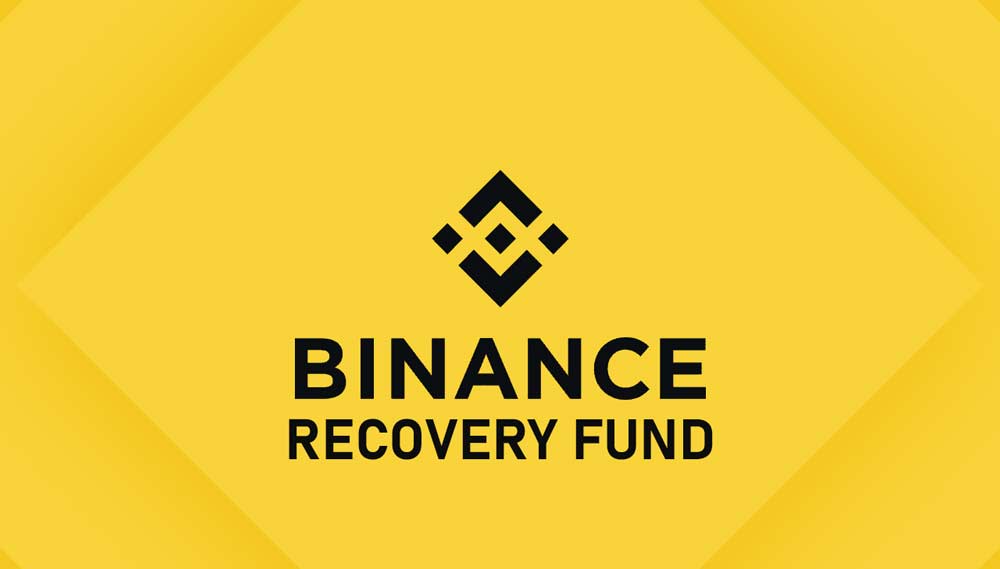Key Highlights:
- Binance Recovery Fund
- Black November: the FTX collapse;
- Binance’s relief fund for struggling crypto companies;
- Binance’s controversial addition of $1 billion worth of BUSD to the fund,
- Binance Recovery Fund: Growing suspicion on Binance’s BUSD moves.
The FTX crash in early November 2022 is an event that will remain a hot topic in crypto-related discussions for months and even years to come. What was once a promising crypto project with a $32 billion valuation unexpectedly and rapidly came crashing around the ears of millions of users, and all its value evaporated.
Source: Google Images | SBF
The disgraced founder of the exchange, Sam Bankman-Fried, stepped down as CEO a few days later and faces serious litigation and possible jail time.
The crypto industry was dazed by the unfortunate string of events and scandals that followed, with worries about how deep the ripple effects of the event could go. As you know, FTX had long-reaching tentacles within the industry, so its crash posed a real risk of unraveling several other crypto companies, which did happen to an extent.
A few weeks after the historic crash and Binance CEO Changpeng Zhao (CZ), who played a key role in the collapse of the FTX Ponzi, announced that his exchange was setting up a relief fund to purchase “distressed crypto assets” and cushion the after-effects of the FTX collapse.
Source: Binance
CZ’s Role in the FTX Crash
While FTX was basically running a Ponzi scheme, CZ was responsible for pulling the trigger that sent the whole circus into freefall. Some believe that CZ nursed a sinister plan to trigger the crisis and swoop in as the hero of the day, but more importantly, acquire FTX for pennies on the dollar.
However, shortly after launching an audit into the company before acquiring it, Binance pulled out of the deal, citing numerous irregularities and improper use of customer funds, which exacerbated the crisis.
To some, the fund seems like a move made out of guilt. However, this might not be the case for obvious reasons. The recovery fund is not the first time Binance has initiated a program of this nature. In October this year, Binance Pool launched a $500 million lending program targeted toward miners, saying it was its “responsibility to help maintain a healthy digital asset ecosystem.”
Source: Binance
Binance’s Recovery Fund
Zhao noted that his company was targeting setting up a $1 billion recovery fund and added, at the time, that they were willing to increase this fund if need be. According to CZ, the recovery fund is targeted at rebuilding the industry, which has been badly battered this year. Speaking at an interview with CNBC, Zhao said:
“We want the strong industry players today to protect the good industry players who might just be hurt short term.”
He also called on other industry leaders to pitch in and support the fund. Following the call, Jump Crypto, Polygon Ventures, Animoca Brands, GSR, Aptos Labs, Kronos, and Brooker Group all assured that they were committed to the cause and have raised about $50 million in support.
Source: Binance
By late November, the Binance chief announced that an additional $1 billion had been earmarked for the fund. Here’s the interesting part: the additional funds were denominated in BUSD, Binance’s USD-pegged native stablecoin.
Source: Twitter
Is Binance Pushing for BUSD Dominance?
Adding $1 billion in BUSD to the recovery fund has raised many questions about the true intentions behind the program. That being said, this is not to say that the act itself is not appreciated.
Already, Binance has announced that over 150 struggling crypto companies have applied for the initiative, a significant number that could catapult BUSD to significant heights.
Source: Binance
Speaking on the importance of the Binance fund, Carol Alexander, professor of finance at the University of Sussex, said in an interview with CoinGeek that “everyone is very scared, and this initiative aims to restore calm in the markets.” However, Alexander echoed the thoughts in the minds of many critics, saying:
“But let’s not forget that it will also boost the market cap of BUSD, which is to Binance’s great advantage. I predict that the cap of BUSD will very soon exceed that of USDC, so BUSD becomes the No. 2 stablecoin, after tether (USDT).”
The recent move only fuels speculation that Binance is seeking market dominance for BUSD. In September, the behemoth cryptocurrency exchange announced that it was delisting all other stablecoins on its platform, except for USDT, forcing users to convert into BUSD. The exchange delisted USDC, TUSD, and USDP, leaving its users with only USDT and BUSD.
Source: Twitter
The only reason the exchange did not delist USDT as well was because of how entrenched this stablecoin has become in the general crypto market.
Binance Recovery Fund: Is Binance Trying to Fill a Liquidity Hole?
Another theory on why Binance is issuing $1 billion in BUSD as relief is to bail itself out of a hole in its balance sheet. Many speculators believe that Binance has secrets and is fighting to keep these secrets buried.
For example, following the FTX saga, Binance called for more transparency in the space, and in the spirit of transparency, it posted its reserves for all to see. This came in the form of a long blog post that featured the exchange’s hit and cold wallet addresses that contained all of Binance’s reserves and proved its solvency. This was a respectable move, especially coming after the FTX crisis.
Source: Binance
However, less than a day after posting its reserves, Binance shocked many after it moved $2.7 billion worth of USDT from one of its reserve wallets to an unknown address.
When this was pointed out by media outlets, a Binance representative went to Reddit to clear the air, saying that the exchange merely moved the funds to one of its wallets, explaining that it was “the result of standard operations which move funds between our internal wallets.”
Source: Reddit
However, this was ironic coming from Binance, considering a few weeks ago, CZ put out a tweet that read:
“If an exchange has to move large amounts of crypto before or after they demonstrate their wallet addresses, it is a clear sign of problems. Stay away.”
Source: Twitter
Final Word
While they are only theories and speculation at the moment, some believe that Binance is strategically working towards placing itself at the center of the crypto market. The recent failed takeover of FTX, the $1 billion Binance Recovery Fund, and several other theories have only fueled these speculations.









